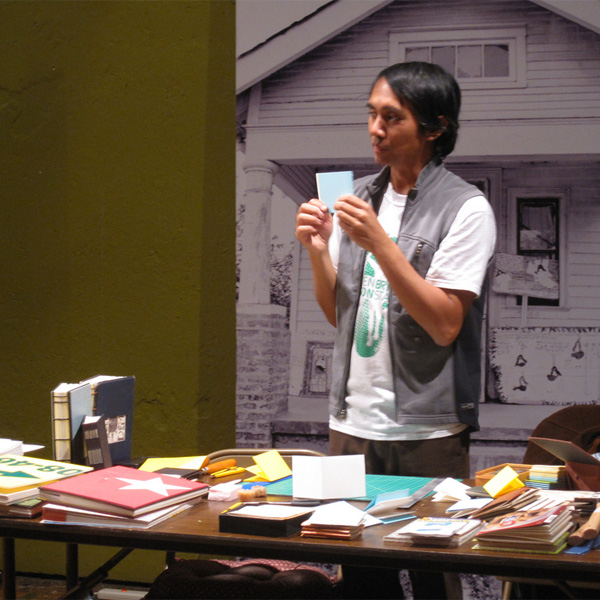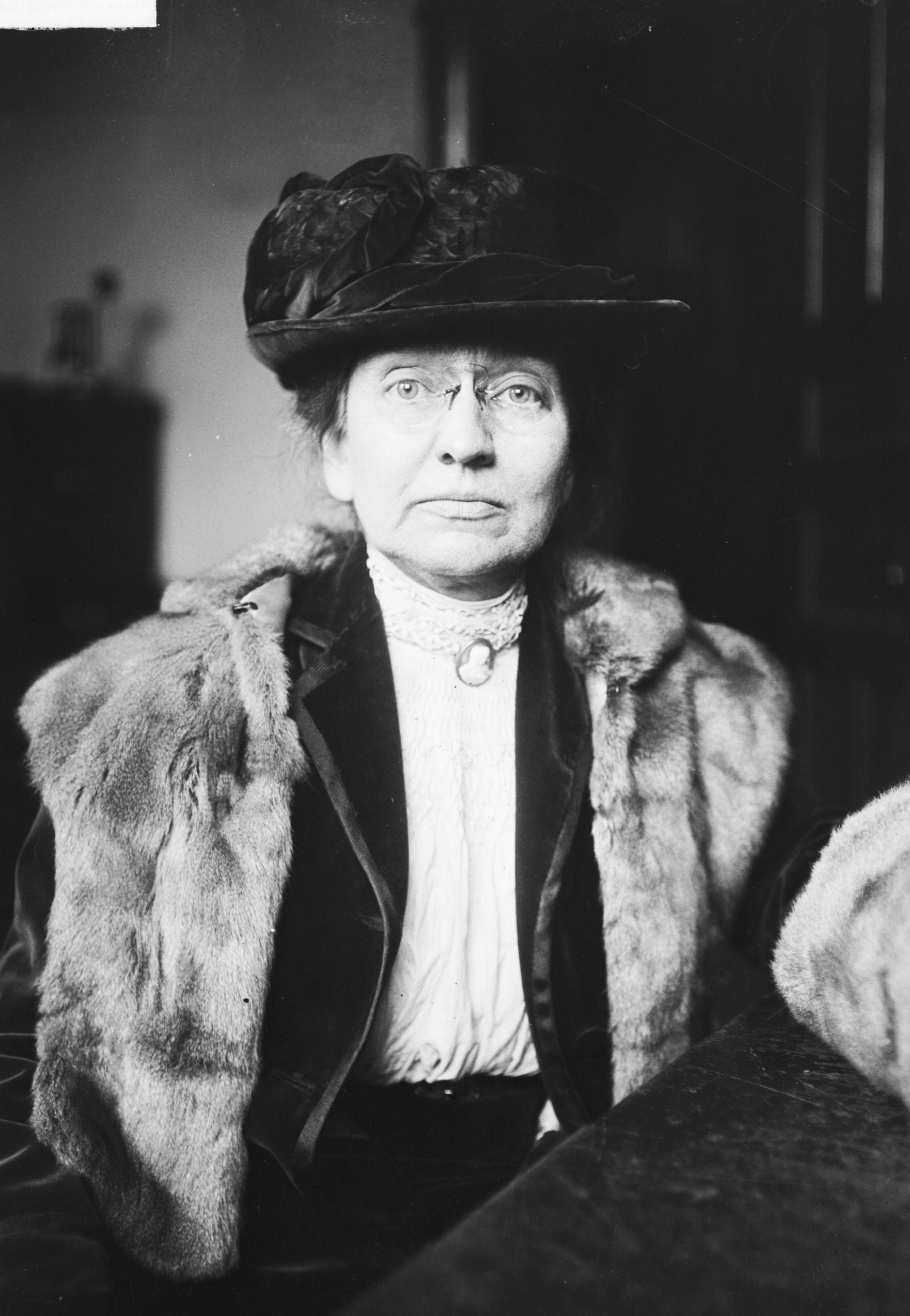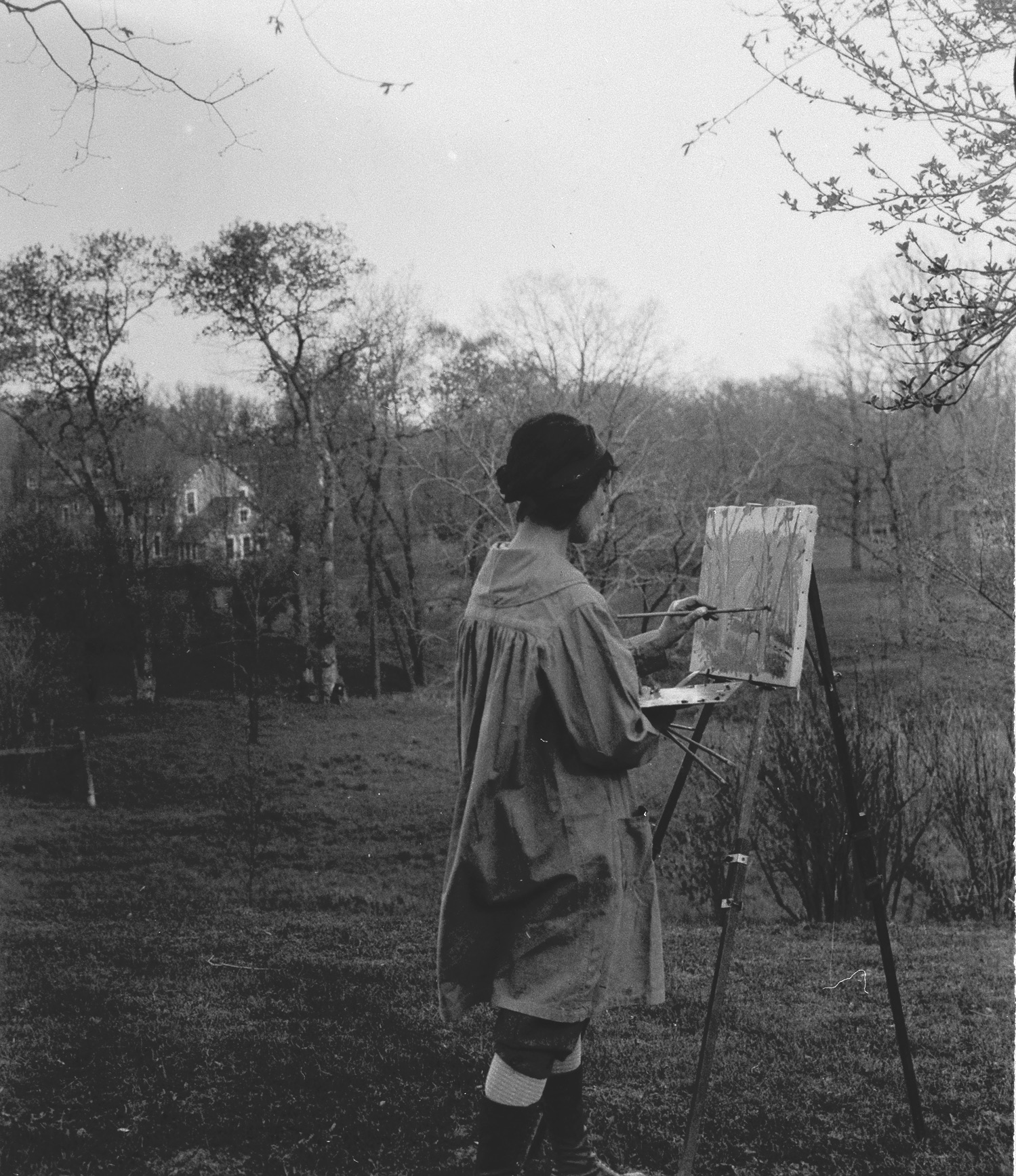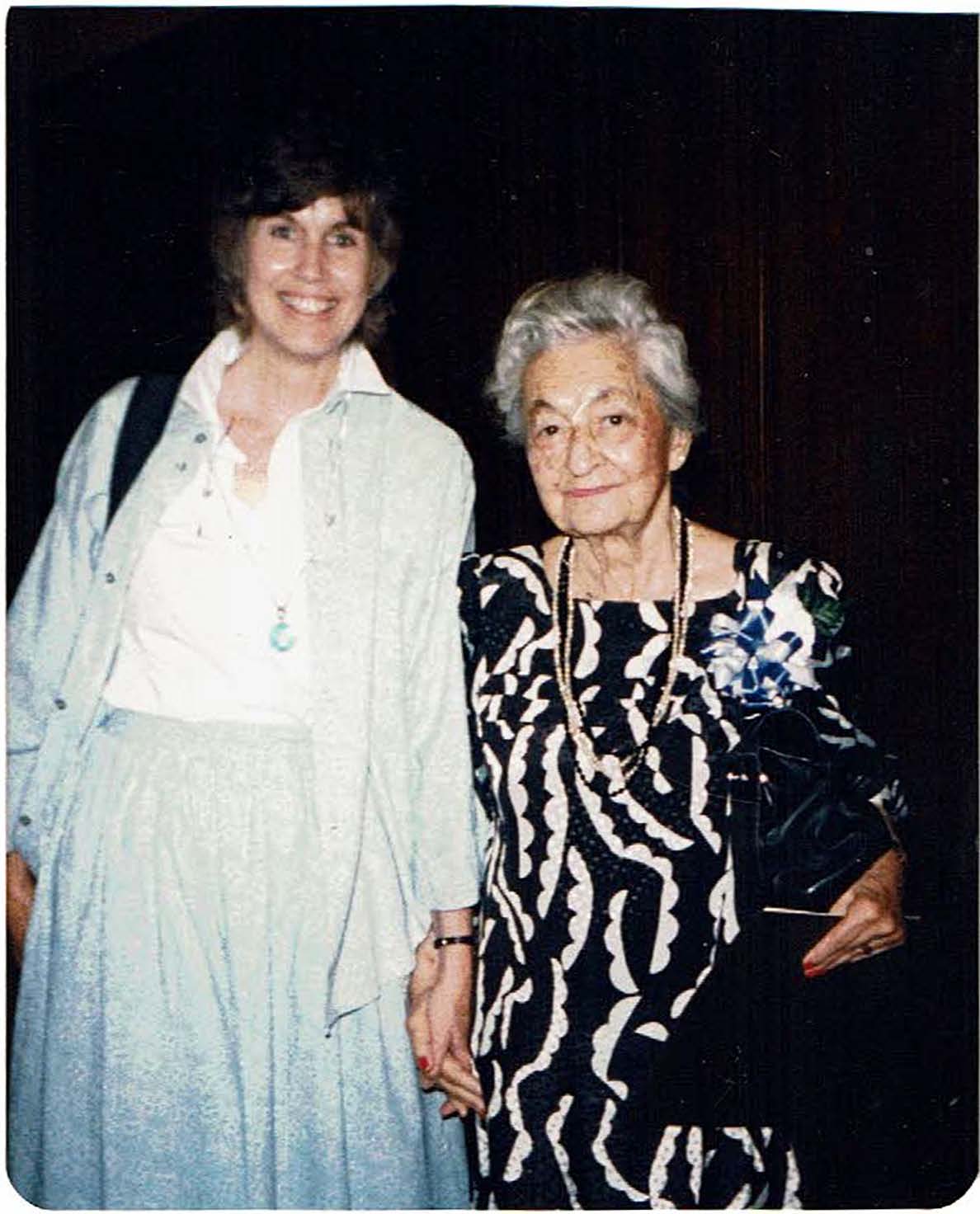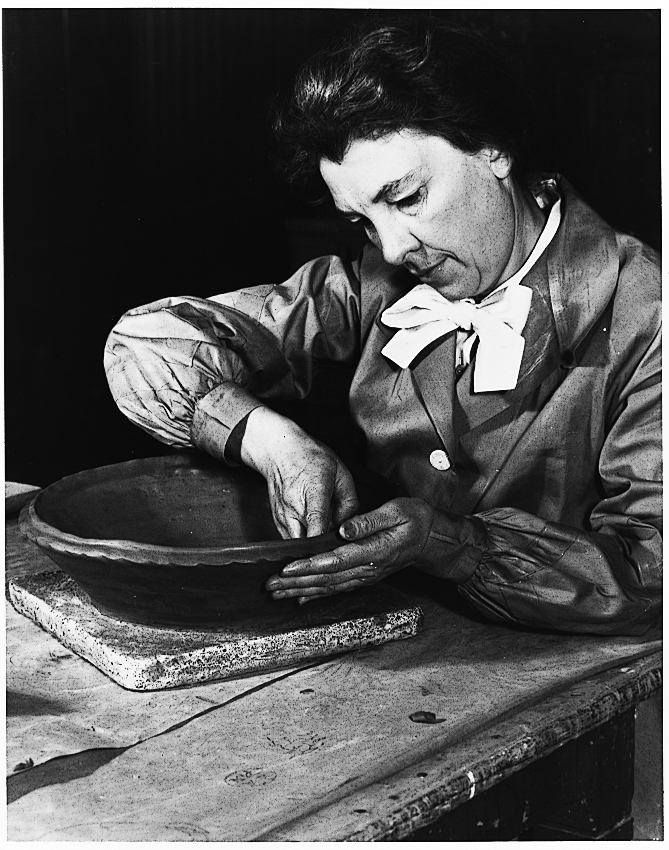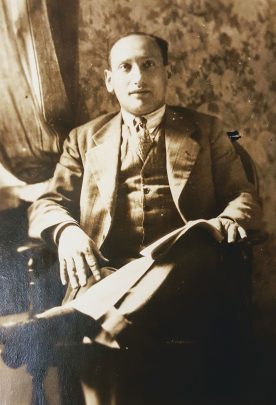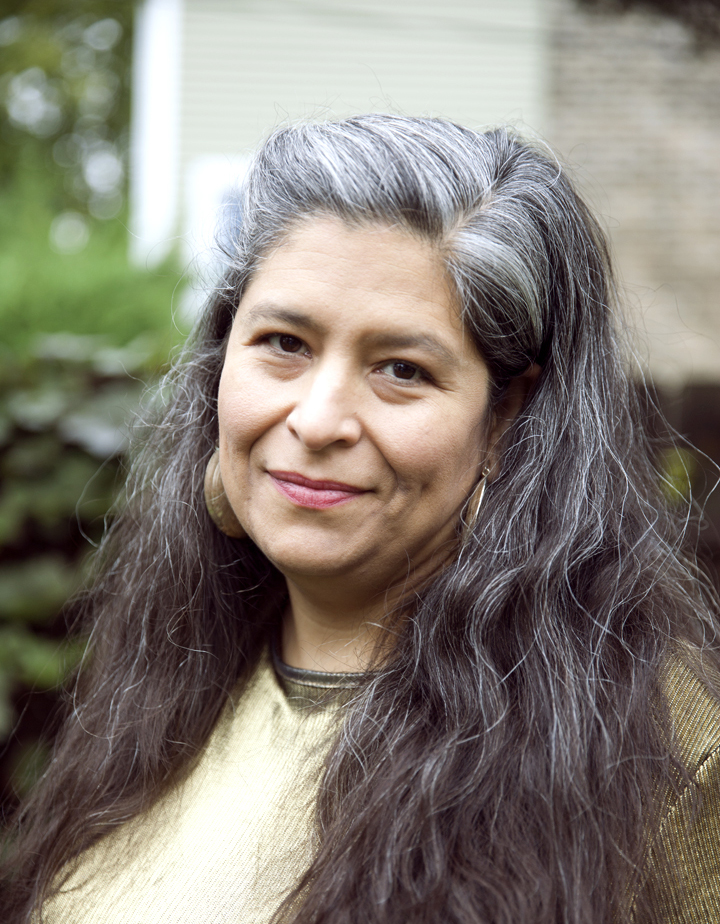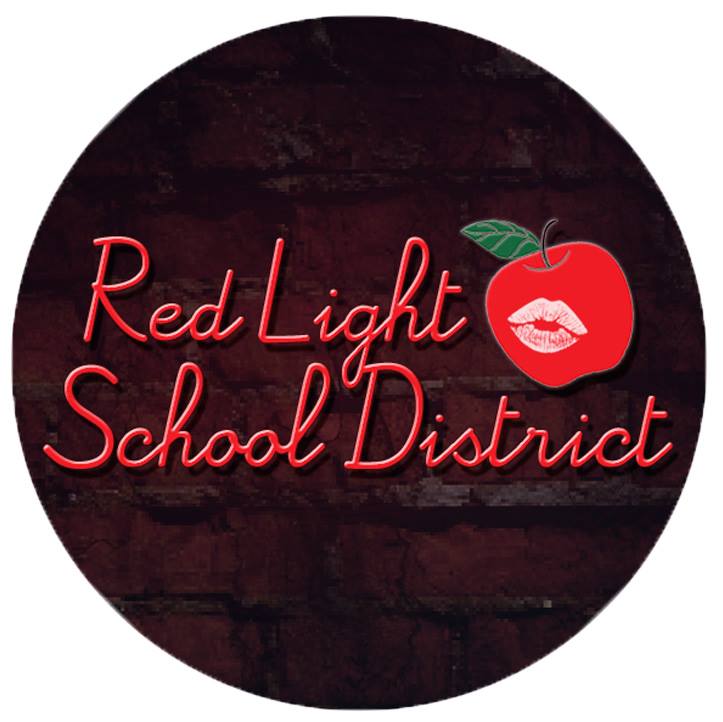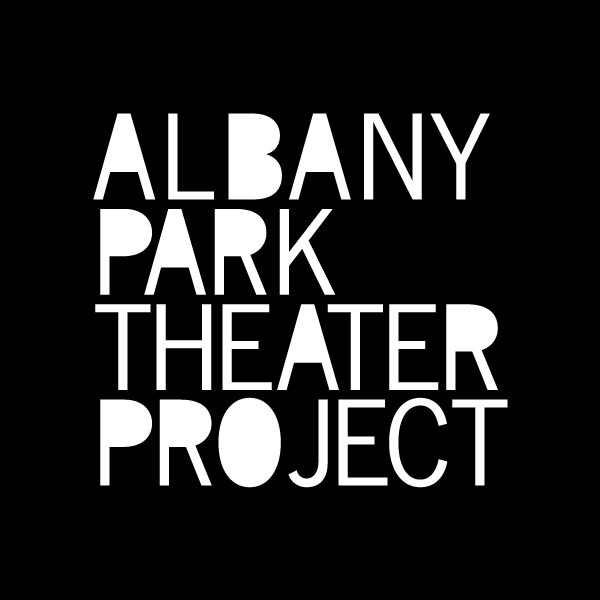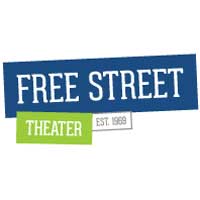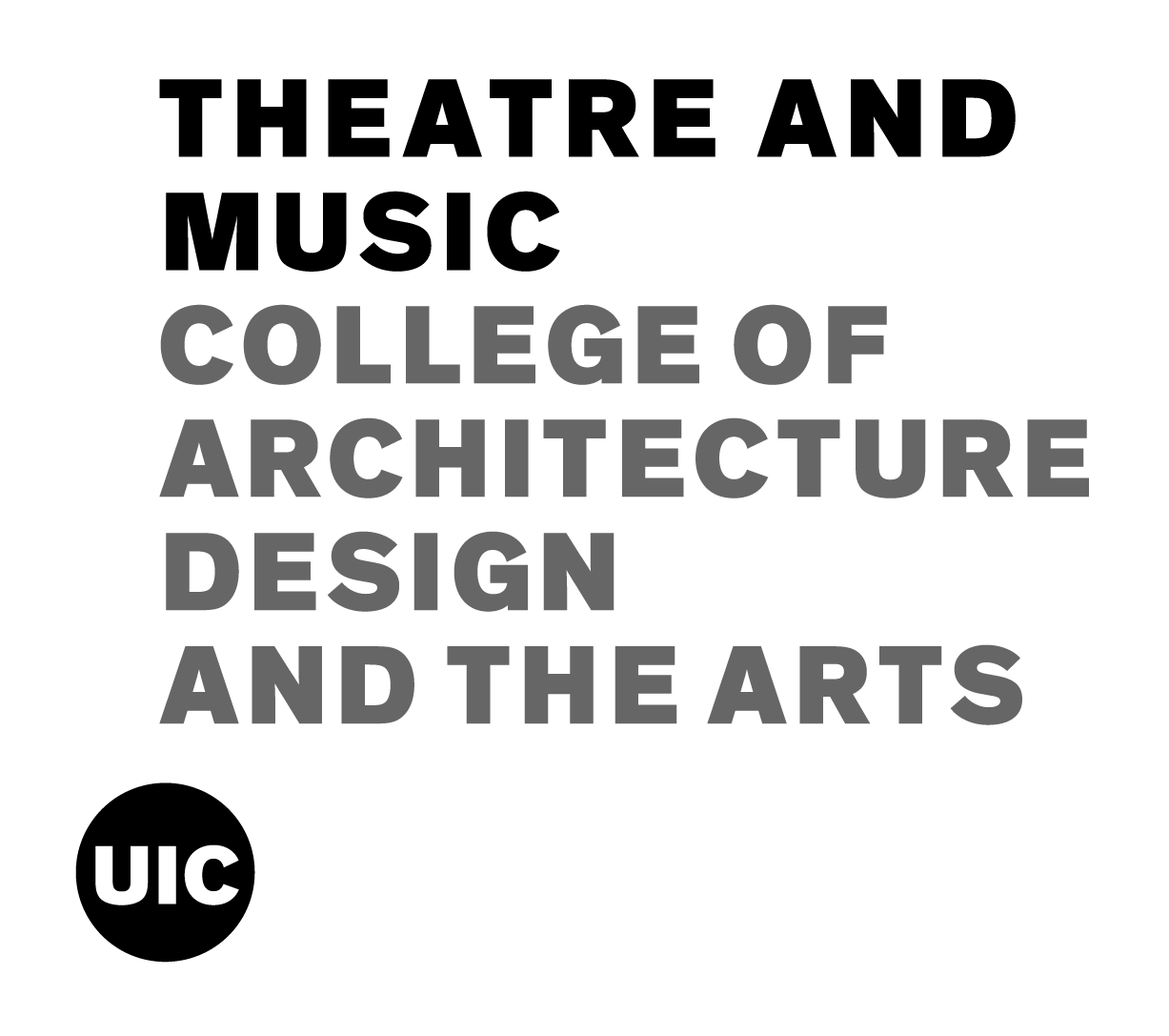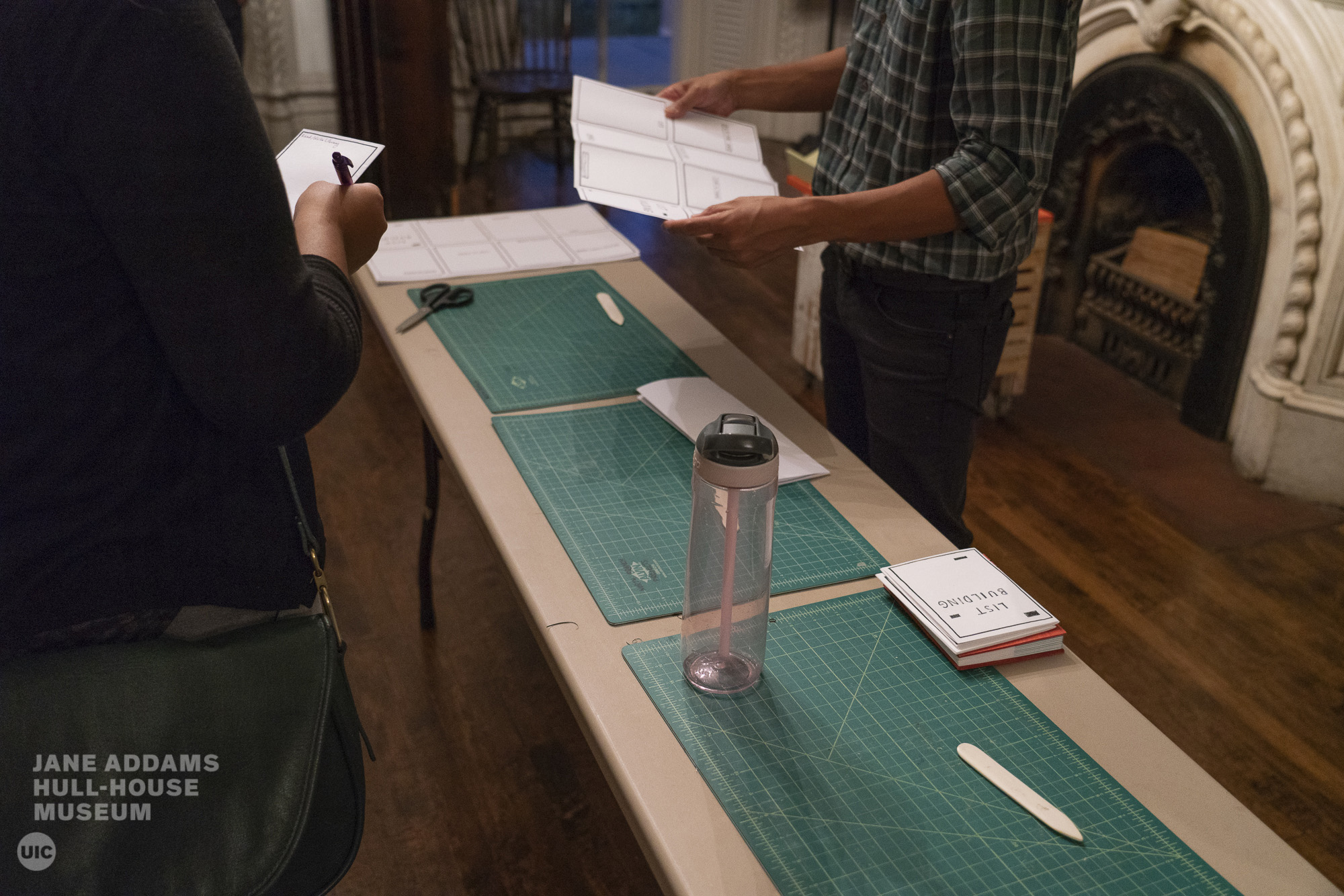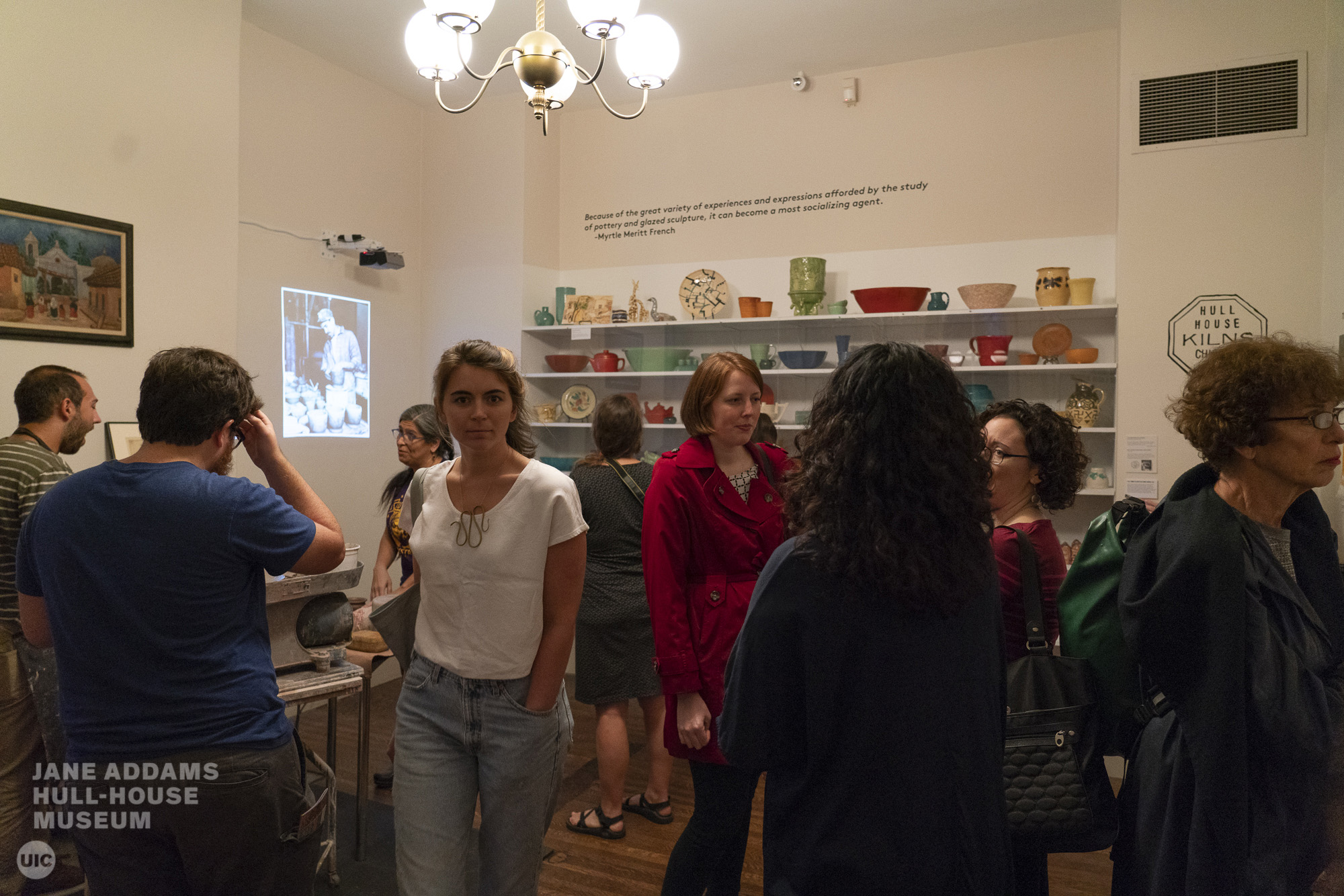Participatory Arts: Crafting Social Change
September 6, 2018 to July 28, 2019
Participatory Arts: Crafting Social Change (September 6, 2018 to July 28, 2019) is a multidisciplinary exhibition that explores the Hull-House Social Settlement's influence on visual and performing arts in Chicago and beyond through historical and contemporary practices: bookbinding, the origins of art therapy, ceramics, theater and performance. The exhibition features artworks and artifacts from the Museum and the Special Collections at the University of Illinois at Chicago—many of which have rarely, if ever, been publicly displayed. Participatory Arts is a part of Art Design Chicago, a city-wide initiative of the Terra Foundation for American Art. Featured contemporary artists include: Leah Gipson, Nicole Marroquin, and Regin Igloria. Partners include: North Branch Projects, Free Street Theater, Albany Park Theater Project, Adler University, Red Light School District, UIC School of Theater and Music. A symposium Participatory Arts: The Legacy of Chicago’ Hull-House Artists (October 23-25, 2018) and an Artist Workshop Series (October 19, 26, Nov. 9, 16, 2018) will accompany the exhibition.
‘Connecting Head and Hands’:
Ellen Gates Starr and the Hull-House Book Bindery
Hull-House co-founder Ellen Gates Starr strongly believed that “practices of the head” should be connected to “practices of the hand.” Incorporating ideas from the Arts and Crafts Movement, Starr started the Hull-House Book Bindery for immigrant neighbors and laborers who spent long hours in factory work. The Hull-House Bindery offered relief from exploitative and harsh living and work conditions. Offering book binding instruction and classes were a way for social reformers to provide skills and equal access to art and beauty for residents living and working in impoverished neighborhoods. Starr was also a labor activist, arrested for her protest activities during the 1914 restaurant strike of women laborers in Chicago. Regin Igloria is a contemporary artist and founder of North Branch Projects, a project that connects communities in Albany Park and beyond through bookbinding and the arts. Currently his project, Everything On Wheels, on exhibit at Hull-House, invites museum visitors to participate in bookmaking, collective storytelling, self-documentation and community archiving. To learn more about Starr’s and Igloria’s community binding efforts and to contribute to community stories, visit Participatory Arts: Crafting Social Change exhibition at Hull-House.
Featured Artists and Book Binders
Cows Can Be Purple:
Art Therapy Origins at Hull-House
Sadie Ellis Garland Dreikurs, who became known as the "matriarch of art therapy," took art classes at Hull-House starting from a young age, and eventually became an artist-in-residence at the Social Settlement. She worked with young people at Hull-House and with psychiatric patients to establish creative expression as a source of emotional strength. She taught "group painting" at Hull-House as therapy and believed that collective art-making could be used to “alleviate isolation through participation.” Sadie Dreikurs shared her ideas and personal story in her book, Cows Can Be Purple: My Life and Art Therapy (1986.) Sadie and her husband, Rudolf Dreikurs, an internationally known Adlerian psychologist and resident at Hull House, helped to establish Alfred Adler Institute of Chicago (now Adler University) in 1952. In 1974, Sadie Dreikurs created the Art Therapy program at Adler University and mentored her student, Dr. Judy Sutherland. Sutherland later took Dreikur's’ place and became the Department Chairperson of the Master of Arts in Counseling: Art Therapy program. Today, once a student of Dr. Sutherland, Dr. Jennifer La Civita is the current Chairperson and an Associate Professor at Adler University. Dr. La Civita along with Professor Emerita, Dr. Sutherland carry on the art therapy work and legacy of Jane Addams that was begun by Sadie Ellis Garland Dreikurs.
Leah Gipson is an Art Therapist and Assistant Professor of Art Therapy at the School of the Art Institute of Chicago. Gipson’s practice develops new approaches to art therapy that are culturally approachable and emphasize care in the face of social challenges. She aligns her approaches with the “cultural turn” in art therapy that “broadens the definition of the creative arts therapies (art therapy, drama therapy, dance movement therapy, music therapy) to include an interdisciplinary scope of critical research practices and education that might give way to range of new possibilities for the study of art, the individual and social change.” Gipson champions art therapy leader and interdisciplinary thinker, Clifford R. Joseph, part of the Black Emergency Cultural Coalition, a grassroots community organizing effort dedicated to ending the discriminatory practices of art institutions. Visit the exhibition to learn more about the art therapy work of Dreikurs, Sutherland, La Civita, Gipson and Joseph.
Featured Artists and Art Therapists
Crafting Labor at Hull-House
Hull-House Kilns and the Labor Museum
Ceramicist Myrtle Merritt French founded the Hull-House Kilns Program (1927-1937) with the purpose of producing and selling dinnerware and decorative pottery. Many of the Hull-House art instructors-- such as Emily Edwards, Morris Topchevsky, and art program director Michael Gamboney-- visited or lived in Mexico and were greatly influenced by Mexican artists and their revolutionary philosophies. With increased Mexican immigration and settlement on Chicago’s Near West Side, many of the students who took ceramics classes at Hull-House were Mexican artists. These included: Jesús Torres, Miguel Juárez and José Ruiz, among others. Mexican artists also influenced other forms of art in addition to pottery. The Benito Juárez Club Room at Hull-House was the site of Adrian Lorenzo's "Progress of Mexico," the first mural in Chicago to address political and social change. The mural, which was heavily influenced by the Mexican revolutionary style, was lost when the Settlement building was demolished.
Nicole Marroquin, artist, educator, researcher and Associate Professor of Education at the School of the Art Institute of Chicago, explores ideas around representation, identity, cultural, and community building through sculptural practices, archiving and memory. From 2016 to 2017, Marroquin worked with young Chicagoans to create small ceramic monuments to their own homes, marking their presence more visibly in their neighborhood, as a way to confront gentrification. Currently 130 tiny houses called “Future Homes” and 18 businesses created by Benito Juarez Community Academy High School students are currently on display at Hull-House. The tiny houses are inspired by the 1930s ceramic miniature house at Hull-House created during the Kilns program. Visit the exhibition to learn more about the work of potters, muralists and artists: French, Gamboney, Edwards, Topchevsky, Torres, Juárez, Ruiz and Marroquin.
Featured Ceramicists, Potters and Muralists
Performing Hull-House:
Improvisation and Theater Arts at Hull-House
Laura Dainty Pelham, who founded the Hull-House Players in 1906, is often cited as the true "innovator" of the American Little Theater Movement. Members of the Hull-House Players were amateur actors from Chicago's Near West Side and produced hundreds of performances in the 300 seat theater at Hull-House, tackling some of the most robust social material of the time. Edith de Nancrede managed the various drama clubs, whose productions would engage in every aspect of Hull-House's artistic activities--from costume design to set production to music composition and performance. The exhibition, which includes scripts, playbills and photographs from various Hull-House Players' productions, and highlights the work of Viola Spolin. Spolin was a pioneer in improvisational theater, inspire by Neva Boyd’s novel games for children developed at Hull-House’s Recreational Training School, which Boyd founded. Spolin’s techniques inspired her son, Paul Sillis, who co-founded The Second City in Chicago. Come visit the Hull-House exhibition to learn more about Hull-House theater history and about our contemporary community and social justice theater partners. Also you are invited to perform or improvise in the Hull-House newly built-out improv and theater space on the second floor of the Museum.
Featured Theater and Improv Collaborators
Art Design Chicago is a spirited celebration of the unique and vital role Chicago plays as America’s crossroads of creativity and commerce. Led by the Terra Foundation for American Art, this citywide partnership of cultural organizations explores Chicago’s art and design legacy with more than 30 exhibitions and hundreds of events throughout 2018.
Participatory Arts: Crafting Social Change at Hull- House and Participatory Arts: The Legacy of Hull-House Artists is part of Art Design Chicago, an initiative of the Terra Foundation for American Art exploring Chicago’s art and design legacy, with presenting partner The Richard H. Driehaus Foundation. Participatory Arts is funded by the Terra Foundation for American Art and The Richard H. Driehaus Foundation. The Chicago Community Trust has also provided generous support.


